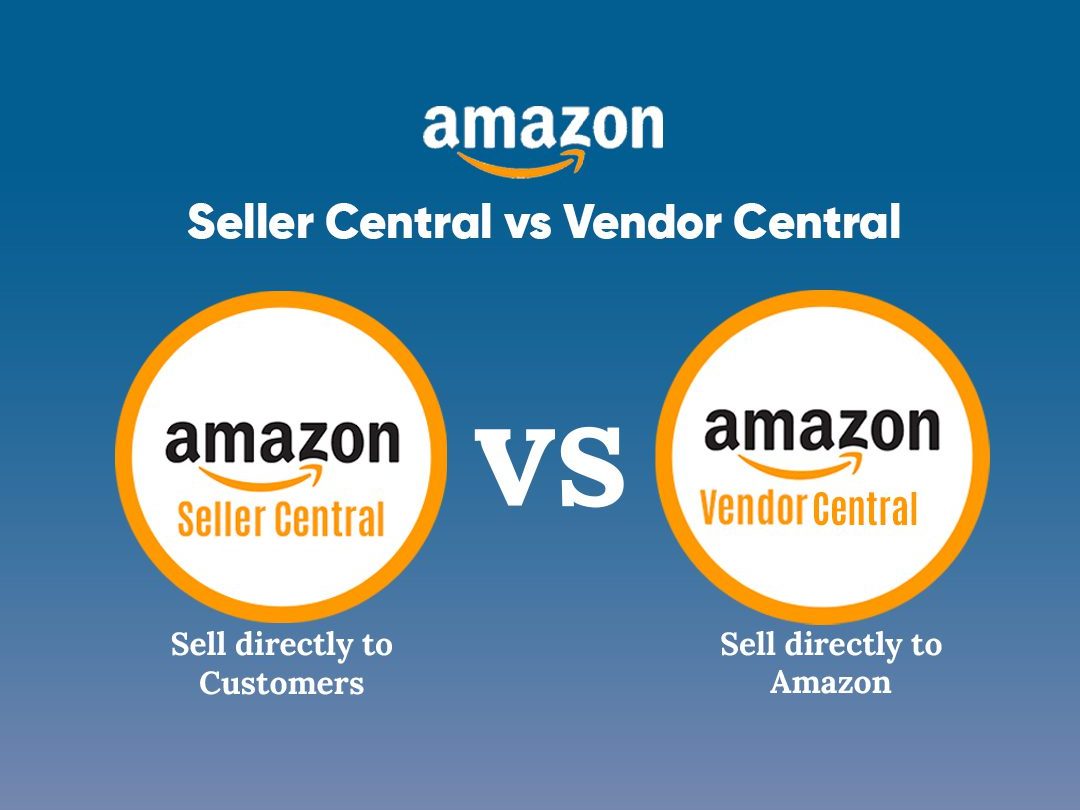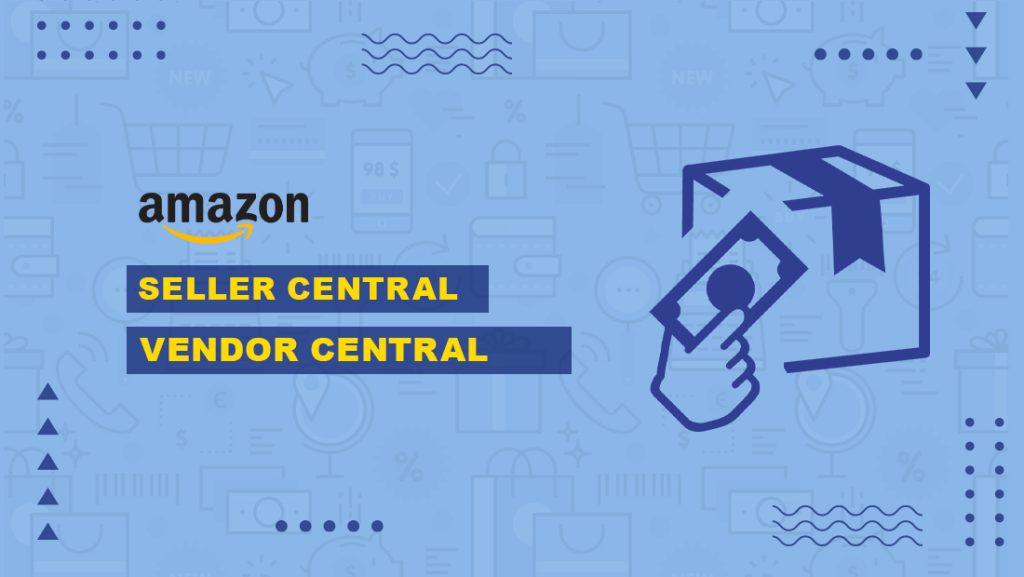In the vast realm of Amazon, two prominent models stand out for sellers: Seller Central and Vendor Central. Navigating this landscape requires a deep understanding of the differences, advantages, and challenges each presents.

Seller Central vs Vendor Central
Exploring the Key Differences
Understanding the fundamental distinctions between Seller Central and Vendor Central is crucial for any business aiming to thrive on Amazon. Seller Central empowers individual sellers, while Vendor Central integrates seamlessly with Amazon’s supply chain, offering a different set of advantages.
Importance of Choosing the Right Model
Impact on Sales and Customer Interaction
Choosing between Seller Central vs Vendor Central goes beyond preference—it significantly influences sales strategies and customer interactions. This section delves into the pivotal role this decision plays in your Amazon journey.
Advantages of Seller Central
Empowering Individual Sellers
Seller Central is a haven for individual entrepreneurs. Uncover the advantages it provides, from increased control over listings to direct interaction with customers, fostering a personalized shopping experience.
Challenges in Seller Central
Navigating the Competitive Landscape
While Seller Central offers independence, it comes with its set of challenges. Dive into the intricacies of handling competition, managing pricing, and ensuring your products stand out amidst the sea of options.
Vendor Central Benefits
Seamless Integration with Amazon’s Supply Chain
Vendor Central streamlines processes by integrating directly with Amazon’s supply chain. Explore how this model facilitates bulk sales, manages shipping, and handles customer service, providing a different avenue for success.
Challenges in Vendor Central
Managing Inventory and Supplier Relationships
With great power comes great responsibility. Vendor Central introduces challenges in managing inventory and building strong relationships with suppliers. Learn strategies to overcome these hurdles.
Success Stories
Real-world Experiences from Sellers and Vendors
Nothing beats real-world experiences. Delve into success stories from both Seller Central vs Vendor Central users, offering insights into strategies that led to remarkable achievements on the platform.
Tips for Choosing the Right Platform
Factors to Consider for Optimal Decision-making
As you stand at the crossroads, this section provides actionable tips for making the right choice between Seller Central and Vendor Central. Consider factors like business size, goals, and product type for an informed decision.
Amazon: Seller Central Vs Vendor Central in Numbers
Statistical Analysis of Performance Metrics
Numbers tell a compelling story. Analyze performance metrics, sales data, and customer feedback to gain a quantitative understanding of the impact of choosing Seller Central or Vendor Central.
Pros and Cons of Seller Central
Seller Central offers unparalleled flexibility and control, allowing businesses to manage their operations independently. Direct customer interaction and the ability to set prices are enticing advantages. However, the increased responsibility, especially in handling logistics, can be a challenge for some sellers.
Pros and Cons of Vendor Central
Vendor Central, while providing a streamlined process and letting Amazon handle logistics, comes with its set of challenges. Sellers on this platform have less control, face longer payment cycles, and might find it challenging to adapt to Amazon’s stringent terms.
Success Stories
Several businesses have found success on both Seller and Vendor Central. Stories of small businesses thriving through the flexibility of Seller Central and larger enterprises benefiting from the streamlined process of Vendor Central serve as inspiration for those navigating the e-commerce landscape.
Future Trends in Amazon E-Commerce
Looking ahead, the e-commerce landscape on Amazon is expected to evolve. Technological advancements, changes in consumer behavior, and Amazon’s own innovations will shape the future of both Seller and Vendor Central. Staying abreast of these trends is vital for businesses to remain competitive.
Making the Decision
As sellers stand at the crossroads of choosing between Seller and Vendor Central, a comprehensive checklist can aid in making a well-informed decision. Regularly reevaluating strategies and adapting to the dynamic nature of e-commerce ensures that businesses stay agile and competitive.
Conclusion
In the dynamic landscape of Amazon, the choice between Seller Central and Vendor Central is pivotal. Armed with insights into advantages, challenges, and real-world experiences, make an informed decision tailored to your business goals.
Frequently Asked Questions (FAQs)
Is it possible to switch from Seller Central to Vendor Central or vice versa?
Yes, sellers can switch, but the process involves careful consideration and planning.
Which model is better for small businesses looking to scale quickly?
Seller Central is often more suitable for small businesses, offering flexibility and control.
How does Vendor Central impact pricing strategies?
Vendor Central may involve negotiations, affecting pricing strategies; sellers should be prepared.
Can sellers on Vendor Central still engage with customers directly?
Vendor Central limits direct customer interaction, impacting personalized engagement.
What are the key challenges faced by sellers in Seller Central?
Competition, pricing strategies, and self-management are common challenges.
Does Vendor Central handle shipping and customer service for sellers?
Yes, Vendor Central streamlines shipping and customer service as part of its integrated model.





